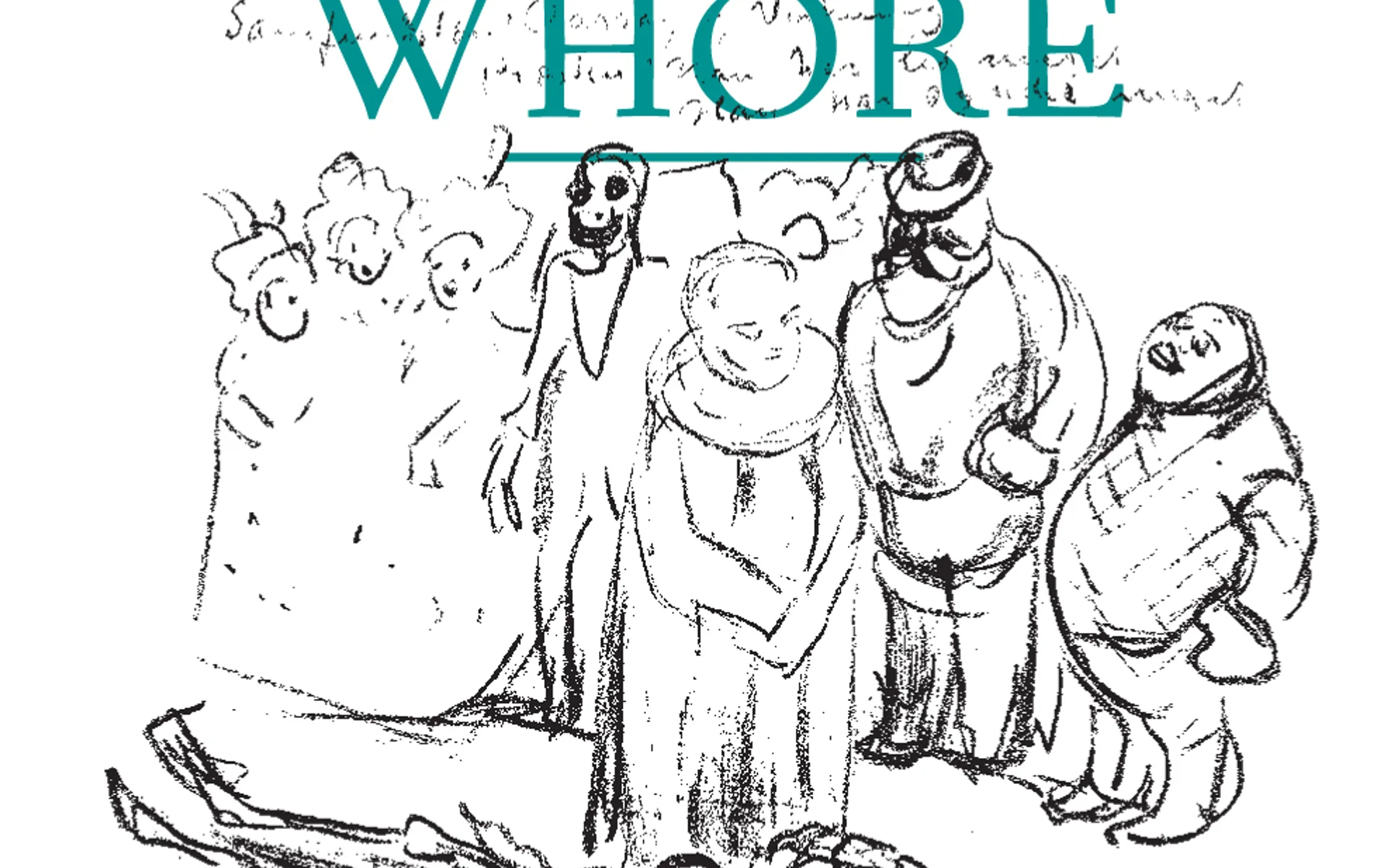
Venice Biennale 2013
‘Beware of the Holy Whore: Edvard Munch, Lene Berg and the Dilemma of Emancipation’ is a project organised by the Office for Contemporary Art Norway (OCA) and Fondazione Bevilacqua La Masa in Venice, as the official Norwegian representation at the 55th International Art Exhibition, la Biennale di Venezia in 2013.
The exhibition, which includes a series of rarely exhibited works by Edvard Munch in addition to a newly commissioned film by Lene Berg, revolves around emancipation as an issue always vexed with contradiction – between the realm of freedom and the consequences of the isolation that often accompany the pursuit of a qualitatively different, ‘alternative’ life. In his Essay on Liberation, Herbert Marcuse notes that the striving toward a ‘new sensibility’ involves a psychedelic, narcotic release from the rationality of an established system, as well as from the logic that attempts to change that system. Such new sensibility, which resides in the gap between the existing order and true liberation, might lead to a radical transformation – and in this shift art functions as a technique through which to reconstruct reality from its illusion, its imitation, its harmony, towards a matter not yet given, still to be realised.
The impulse to operate in the margins – on the outside trying to break in or on the inside redefining the context – is one of the key driving forces in the history of art, and is also at the centre of ‘Beware of the Holy Whore: Edvard Munch, Lene Berg and the Dilemma of Emancipation’. The exhibition, curated by Marta Kuzma, Director, OCA, Angela Vettese, President, Fondazione Bevilacqua La Masa and Pablo Lafuente, Associate Curator, OCA, will bring together rarely exhibited works from the collection of the Munch Museum in Oslo with Lene Berg’s new film Ung Løs Gris (Dirty Young Loose, 2013) in order to explore the relationship between art, its social context and changing gender relationships, both in the age of emancipation in which Munch lived and today.
At the beginning of the 20th century, sexual norms and traditional gender roles were questioned amid new psychological theories of sex and politics and a struggle for women’s equality. Challenged by such developments, Munch faced the alienation that characterised the Christiania Bohemia, a society bidding for emancipation but trapped in ‘reality’, struggling between two options: assimilating shared values, or going beyond them in order to construct a new frame for perception. Munch’s emphatic treatment of these themes from 1902 to 1908, before entering the asylum, reflected an internal ambiguity and anguish. Munch described this period as an ‘eternal civil war’, after which his work moved to a more distanced treatment of subjects, in social caricatures in which he offers an ironic critique of an increasingly capitalist and permissive society. In Social Studies, Cause and Effect (1910), made shortly after, Munch also reflected upon the conditions of artistic production and its reception, via patronage, sales, criticism and public opinion, opening new dimensions for his work, from a psychological perspective into social and historical realms.
These issues are echoed in Lene Berg’s Dirty Young Loose (2013), a film that concentrates on three different characters who are interrogated about their roles as either victims or perpetrators in a complex situation. The film explores the interpretation of human behaviour based on preconceived concepts and established norms. Just like the exhibition as a whole, the film presents the deconstruction of an original scene which functions as a catalyst for a revision of the politics of liberation, of gender struggle and of internal conflict – the dilemma of emancipation.
ON PETER WATKINS' EDVARD MUNCH (1973)
Screening of Film: Edvard Munch (1973) by Director Peter Watkins
Edvard Munch is considered by Watkins as his most personal film. The work dramatises three decades of the life of the artist in the form of a docudrama that conveys Munch’s subjective vision about tragic family events, difficulties in his first sexual relationships, and opposition from the conservative forces in Christiania (Oslo) following his engagement with its bohemian circle in the mid-1880s. The film concentrates on Munch’s personal reactions to these events, enfolds them in the social and historical reality of the time, and shows how they directly affected the development of his style as a painter.
In parallel to his work as a filmmaker, Peter Watkins analysed and challenged for over four decades the widely accepted escalation of the standardised pictorial and narrative form of Hollywood within all forms of contemporary audiovisual communication, including modern internet technology. The artist Edvard Munch is often referred to as a ‘modern’ artist, but – Watkins asks – how are we to define ‘modernism’ in the broadest sense, in a world that idolises manipulative audiovisual forms which encourage mass consumerism, political passivity, and escalating environmental disaster?
‘Beware of the Holy Whore: Edvard Munch, Lene Berg and the Dilemma of Emancipation’ will take place from 31 May to 22 September 2013 at Galleria di Piazza San Marco of Fondazione Bevilacqua La Masa. This exhibition in its entirety has been commissioned and funded by the Office for Contemporary Art Norway (OCA) in cooperation and with the generous support of Fondazione Bevilacqua La Masa in Venice and its Board. Additional support is provided by Fritt Ord – the Freedom of Expression Foundation, Oslo. Lene Berg’s film is produced by Studio Fjordholm AS, and made possible with the additional support of NFI, the Norwegian Film Institute – Film commissioner: Åse Meyer, Norsk Kulturråd/Arts Council Norway, Fond for Lyd og Bilde/Audio and Visual Fund, Office for Contemporary Art Norway (OCA) and Norwegian Visual Artists Remuneration Fund.
Background image: Edvard Munch: Samfundslære, årsak og virkning (Social Studies, Cause and Effect) © Munch-museet/Munch-Ellingsen gruppen/ BONO, Oslo 2013